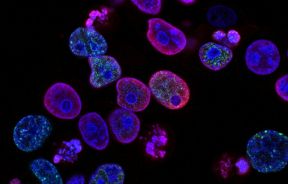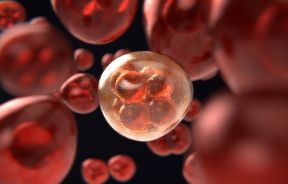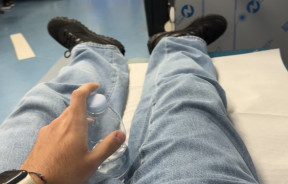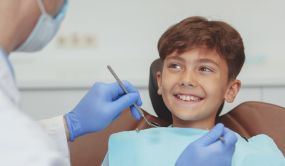Heather Dewey-Hagborg, Information Artist, Replicates 3D Models Of Human Faces From DNA Found On Cigarette Butts, Hair Strands
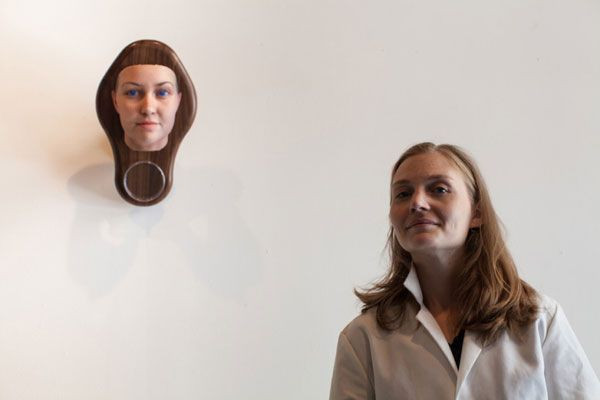
In an intentionally “creepy” project, a New York artist is finding a way to replicate faces based on human traces she finds in the street – by picking up strands of hair, cigarette butts or chewed gum – and extracting their DNA. Heather Dewey-Hagborg’s project is called “Stranger Visions,” and it’s what she calls an “exploration at the intersection of art, technology and science.”
Dewey-Hagborg picks up samples of human traces in public areas, anything that may be left behind from New York City's population of millions – from chewed gum and cigarette butts to hair strands, to saliva left on a glass.
“A lot of my work begins with a question, and in this particular case, the question was, what could I learn about someone from a single hair?” the artist said in a video made about her work.
By analyzing the DNA, Dewey-Hagborg is able to glean information about the particular person’s ancestors, eye color, gender, hair color, and complexion. She can also learn about the person’s tendency to be overweight. The information then goes into a computer program, which is able to process a 3-D model of a face based on these details.
On her blog, Dewey-Hagborg devotes a page to describing the technical process of extracting and analyzing the DNA. She then prints the 3D models out at NYU’s Advanced Media Studio – a printing process that takes a good 8 hours.
Dewey-Hagborg is aware that people might find her project disconcerting – and wonder if their own face is being added to her collection of 3D models. She said it’s meant to be somewhat creepy, and to bring up questions about genetic surveillance.
Though the faces are meant to resemble as closely as possible the face of the person whose DNA was analyzed, Dewey-Hagborg notes that the faces aren’t 100 percent precise. In her own self portrait, where she constructed a 3D model of her own face based on her DNA, however, she was surprised at how it managed to create an overall accurate depiction of her facial features.
"It's important to understand that these portraits are a general likeness. They're not exact reconstructions," Dewey-Hagborg told CNN. "They'll have things in common with the person, but they won't look exactly like the person."
